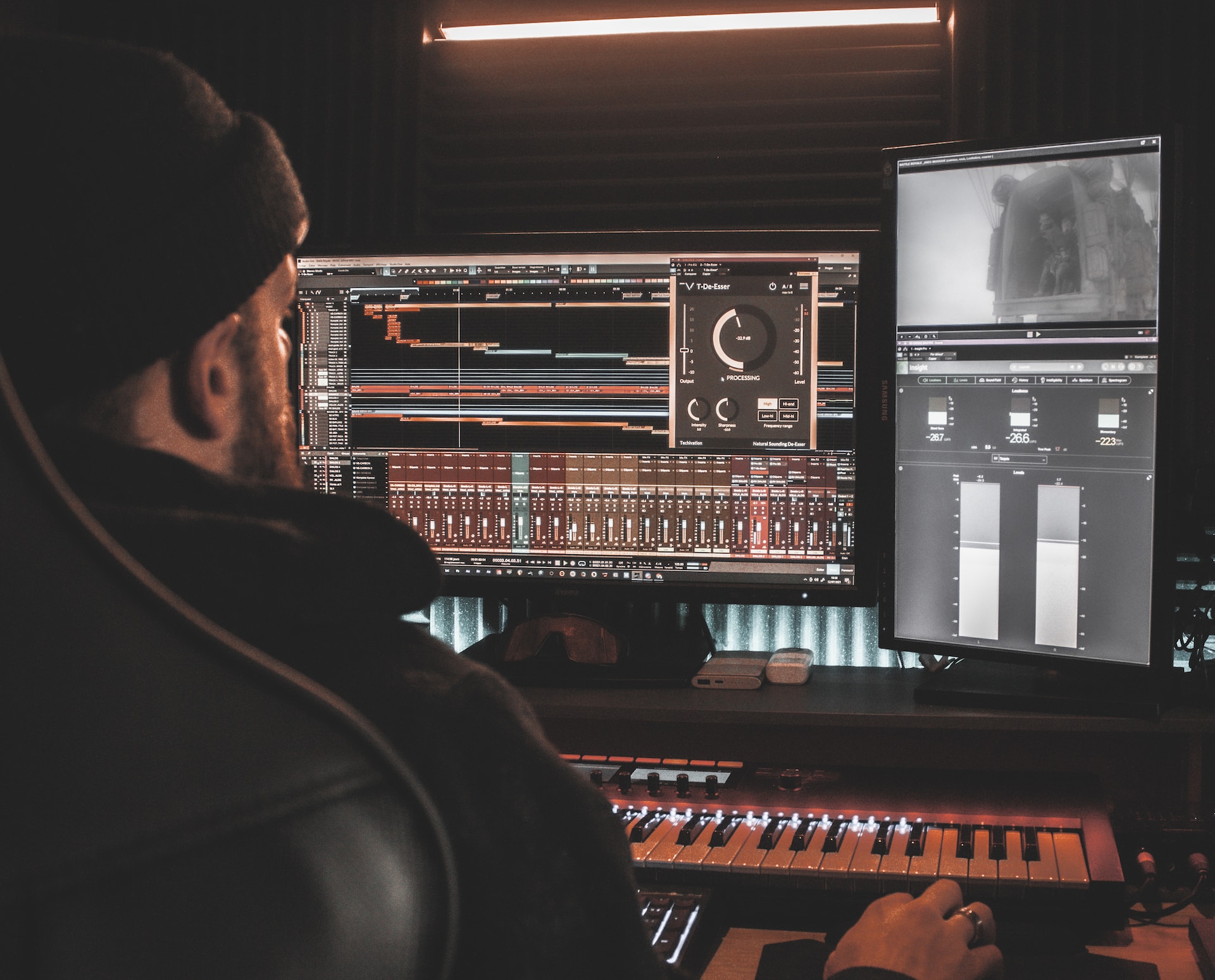Contents
1. Introduction to Sound Design
Sound design is the art of creating and manipulating audio elements to enhance storytelling and audience engagement. It’s a multidisciplinary field that combines technical expertise with artistic creativity.
2. The Role of a Sound Designer
A sound designer is responsible for crafting the auditory landscape of a project. They work closely with directors, producers, and composers to ensure that sound complements the visual and emotional aspects of a production.
3. The Creative Process
3.1. Sound Research and Conceptualization
Before diving into the technical aspects, sound designers conduct thorough research to understand the project’s requirements. This phase involves brainstorming ideas and developing a sound concept.
3.2. Sound Recording and Acquisition
Sound designers gather audio elements, which may include field recordings, musical compositions, or existing sound libraries. They also collaborate with Foley artists to create unique sounds.
3.3. Sound Editing and Mixing
This stage involves editing and manipulating sound elements to fit the project’s needs. Sound designers use specialized software and hardware for precise control.
3.4. Sound Effects and Foley Artistry
Sound effects and Foley artists play a crucial role in adding depth and realism to audio. They recreate sounds such as footsteps, door creaks, and weather effects.
4. Sound Design in Film
4.1. Creating Atmosphere and Mood
Sound designers use ambient sounds, music, and dialogue to transport the audience into the world of the film. They set the emotional tone and create immersion.
4.2. Building Tension and Suspense
In suspenseful scenes, sound design contributes to the buildup of tension. Elements like heartbeat sounds or eerie whispers heighten anticipation.
4.3. Enhancing Action Sequences
From explosions to car chases, sound designers amplify the impact of action sequences. They ensure every punch, gunshot, or crash is felt.
5. Sound Design in Video Games
5.1. Immersive Gameplay
Sound designers make video games more immersive by providing audio cues for gameplay elements like enemy movements, hidden items, and environmental changes.
5.2. Character and World Building
Distinctive soundscapes for characters and environments help players connect with the game’s narrative and atmosphere.
5.3. Player Feedback
Sound design provides players with feedback on their actions, reinforcing their connection to the game world.
6. Sound Design in Music Production
6.1. Music Production vs. Sound Design
While music production focuses on creating songs, sound design explores unconventional sounds and audio textures.
6.2. Experimentation and Innovation
Sound designers often experiment with synthesizers, effects, and audio processing to push creative boundaries.
6.3. Live Performances and Tours
Sound designers play a crucial role in shaping the live experience of musicians by managing audio setups and effects during performances.
7. Challenges Faced by Sound Designers
7.1. Technical Constraints
Keeping up with rapidly evolving technology and software is a constant challenge for sound designers.
7.2. Meeting Creative Expectations
Balancing creative freedom with the director’s vision can be a delicate process.
7.3. Staying Updated with Technology
Sound designers must adapt to new tools and techniques to remain competitive in the industry.
8. The Future of Sound Design
As technology continues to advance, the possibilities for sound design are limitless. Virtual reality, augmented reality, and immersive audio will open new frontiers for sound designers.
9. Conclusion
Sound designers are the unsung heroes of the entertainment industry, enriching our auditory experiences in ways we often take for granted. Their ability to evoke emotions, build worlds, and create unforgettable moments through sound is nothing short of magical.
